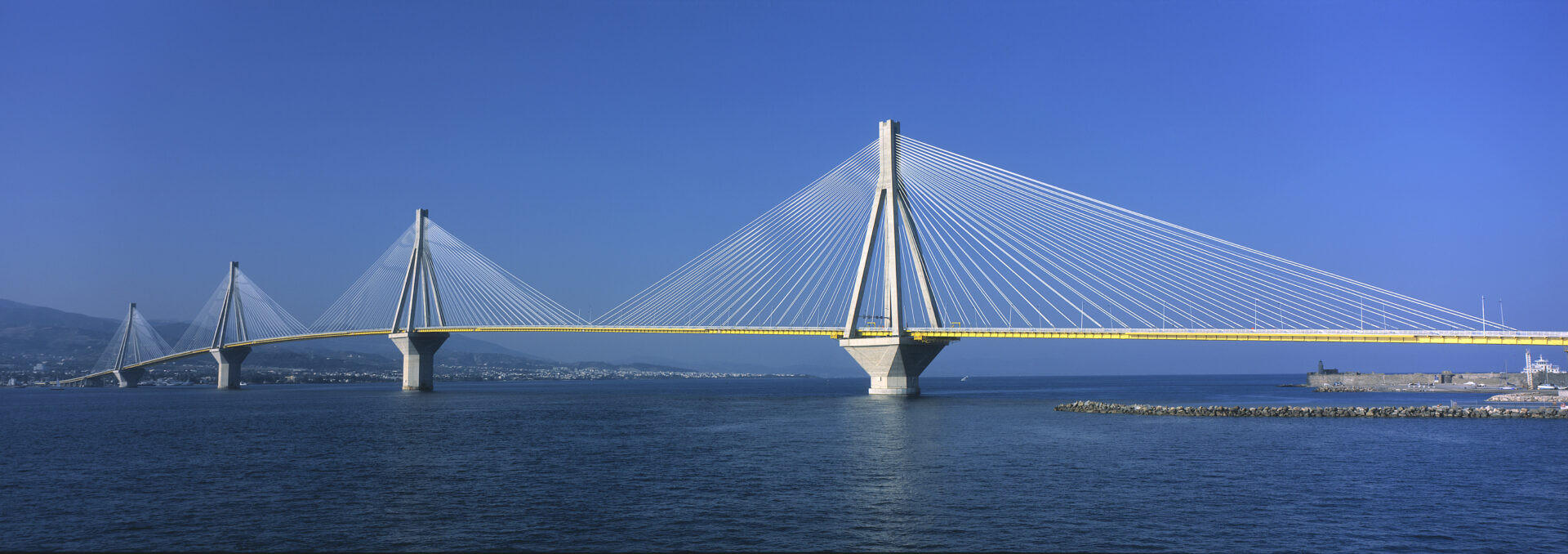Engineering structures are an essential component of civil engineering and construction. They embody the meeting of art, science and technology. These structures, designed to overcome natural and urban obstacles, play a crucial role in the development and improvement of infrastructures throughout the world. From majestic bridges to deep tunnels, each infrastructure is a response to a specific challenge, combining functionality, durability and aesthetics.
This article explores the different families of engineering structures, the distinction between common and unusual structures, and highlights the technological innovations that are transforming the sector. Through this examination, we reveal the vital importance of these structures to the connectivity and progress of modern societies.
These infrastructures fall into several families, each of which meets specific needs in the context of infrastructure projects. These families include :
The distinction between ” common ” and ” exceptional ” structures lies in their frequency of occurrence, their complexity, and their construction challenges. This classification is not merely academic; it also reflects the requirements in terms of design, engineering and implementation.
Common engineering structures are those frequently encountered in road, rail and water management infrastructure projects. They include small bridges, sections and retaining walls. These structures are essential for the smooth operation of transport and natural resource management systems. Their design tends to follow established standards and practices, which facilitates their construction and maintenance. However, this in no way diminishes the importance of their role in infrastructure connectivity and safety.
Engineering structures considered exceptional are characterised by their size, unique design, or superior technical complexity. This includes structures such as large suspension or cable-stayed bridges, underwater tunnels, or large-scale hydroelectric dams. These projects often require innovative engineering solutions and special materials to meet unique challenges related to their environment, their function, or their impact on the community and the natural environment. Their construction represents feats of engineering, requiring meticulous planning, advanced design and precise execution.
The Rion – Antirion bridge is an example of a unique design, with hundreds of sensors analysing changes in the bridge’s condition over time.

The construction of unusual engineering structures is often marked by significant advances in the field of civil engineering (installation of techno-sophisticated sensors). These projects serve as benchmarks for future constructions, pushing back the limits of what is technically feasible and inspiring innovation throughout the industry.
The maintenance of engineering structures is an essential pillar in ensuring their longevity, functionality and safety. With Beyond Asset, its platform dedicated to infrastructure monitoring and maintenance, Sixense is at the forefront of this initiative, thanks in particular to its innovative modules such as MyInspection and MyMaintenance.